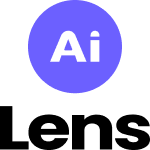1,145 reads
Where Can Dreams Take You? The Art of Teaching Associative Thinking to Machines
by
May 10th, 2020
About Author
AI-powered contextual computer vision ad platform that monetizes any visual content
Comments
TOPICS
Related Stories
5 Best AI Articles of the Month
Jun 06, 2022
